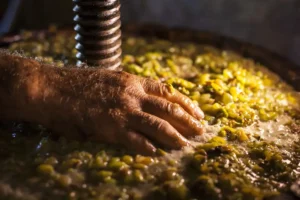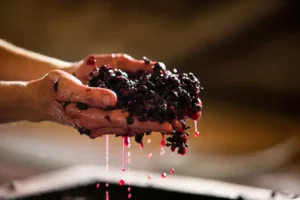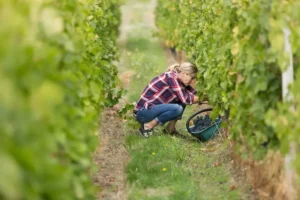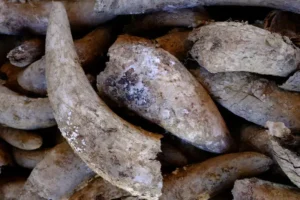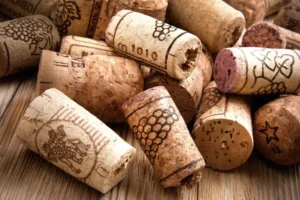What is Cabernet Sauvignon?
The famous Cabernet Sauvignon is a red grape variety that is considered to be one of the most iconic and versatile grape varieties in the world. Originally from the Bordeaux region in France, it is a natural cross between Cabernet Franc and Sauvignon Blanc. Now found all over the world, wines made from Cabernet Sauvignon come either as a single variety or as a blend with other grapes.
What does Cabernet Sauvignon taste like?
Some of the main characteristics of Cabernet Sauvignon are its deep, dark colour and full body with high tannins and acidity, usually producing wines with relatively high alcohol – between 13.5% and 15.5% ABV.
It shows intense and concentrated dark fruit flavours of black currant, black cherry, blackberry and cassis along with undertones of violets, cedar and tobacco. Black pepper aromas are also common, as well as liquorice, espresso and even hints of chocolate.
Cabernet Sauvignon usually goes through extensive oak ageing – between 9-18 months or more. Although we can find American and Hungarian oak, it is mostly French oak barrels, giving tobacco, vanilla, leather and baking spices aromas.
They are wines that are usually worth cellaring with long longevity due to the oak ageing and high tannins but examples of Cabernet Sauvignon with little to no oak influence, meant to be drunk young, can also be found.
Cabernet Sauvignon Flavour Profile
- Body: Full
- Acidity: Medium to high
- Tannins: High, firm
- Sweetness: Dry
- Fruit flavours: Blackcurrant, blackberry, dark cherry
- Other notes: Cedar, tobacco, mint, eucalyptus, graphite, vanilla and spice (with oak ageing)
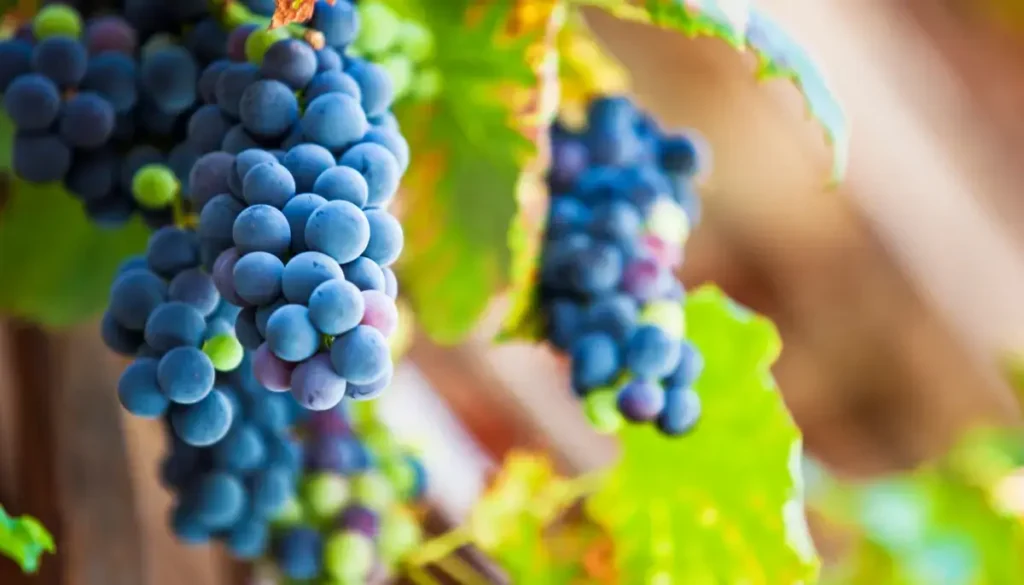
What food goes with Cabernet Sauvignon?
When it comes to pairing Cabernet Sauvignon with food, the wine’s high tannins and bold flavour profile – from dark fruits to savoury notes of pepper and tobacco, make it quite versatile and the perfect companion for dishes full of flavours, fatty foods, peppery and umami notes.
Meat
Some of the best and go-to food pairings for Cabernet Sauvignon are red meats such as steak, lamb, and game. You cannot go wrong with braised short ribs, marinated ribeye or a grilled steak and peppercorn sauce!
Cheese
Cabernet Sauvignon is the ideal match for a range of strong cheeses like blue cheese, Pecorino, sheep’s and goat’s cheeses as well as aged Comté or aged cheddar.
Vegetables
Because of their umami flavours, mushrooms make an ideal pairing with Cabernet Sauvignon. Try a classic mushroom risotto, Stroganoff or baked Portobello mushrooms.
Others
Cabernet Sauvignon will hold its own when paired with bold spices and flavours so you can easily match it with Mexican and Mediterranean cuisine.
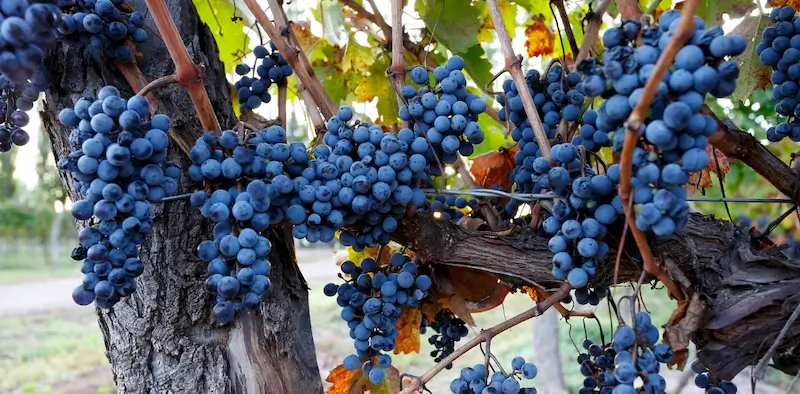
Where do you find Cabernet Sauvignon?
Cabernet Sauvignon grapes thrive in moderate to warm climates and well-drained soils.
They are grown in many countries around the world such as Italy, Chile, Argentina, South Africa and Australia but the most famous examples come from Bordeaux, France and Napa Valley, California.
Bordeaux, France
Bordeaux is one of the main French wine regions and is known for producing some of the best and finest wines in the world.
You will rarely find a wine made of 100% Cabernet Sauvignon from Bordeaux. Traditionally and by appellations’ rules, red Bordeaux wines need to be made of different – authorised – grape varieties blended together. Most of the time, you will find Cabernet Sauvignon from Bordeaux along with Merlot, Cabernet Franc and/or Petit Verdot.
Cabernet Sauvignon from Bordeaux have classic aromas of blackcurrant and black cherries along with liquorice but more earthy and floral characters like violets along with graphite, tobacco and leather. They are robust with a full body and high tannins following several months in oak barrels.
Napa Valley, California
Cabernet Sauvignon from California, and the New World in general, tend to be fruitier than the ones from the Old World.
The wines usually are fuller and higher in alcohol because of warmer climates but have less tannin and acidity. Cabernets from this region show more black cherries and liquorice, with notes of black pepper, mint and vanilla. You can expect some coconut hints if using American oak barrels.



